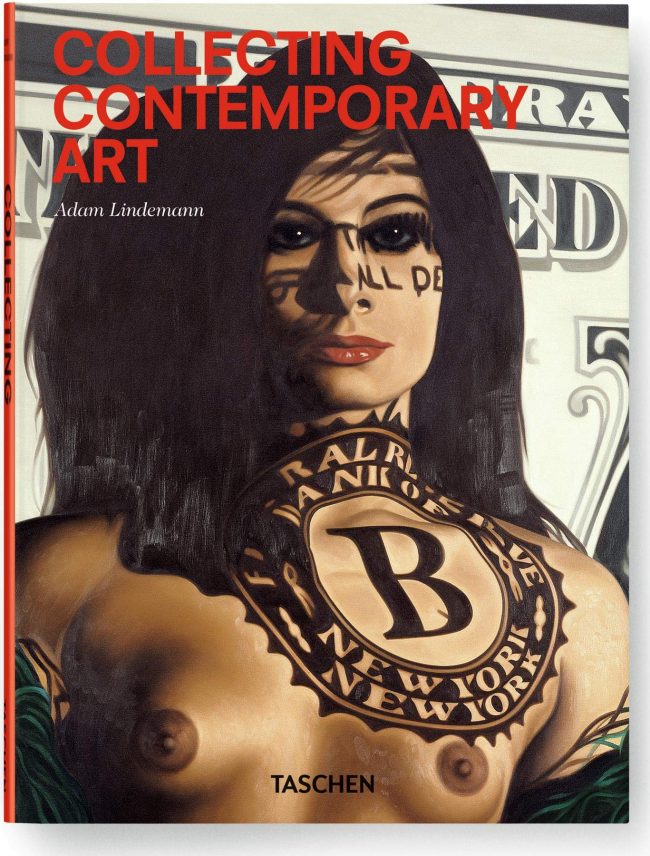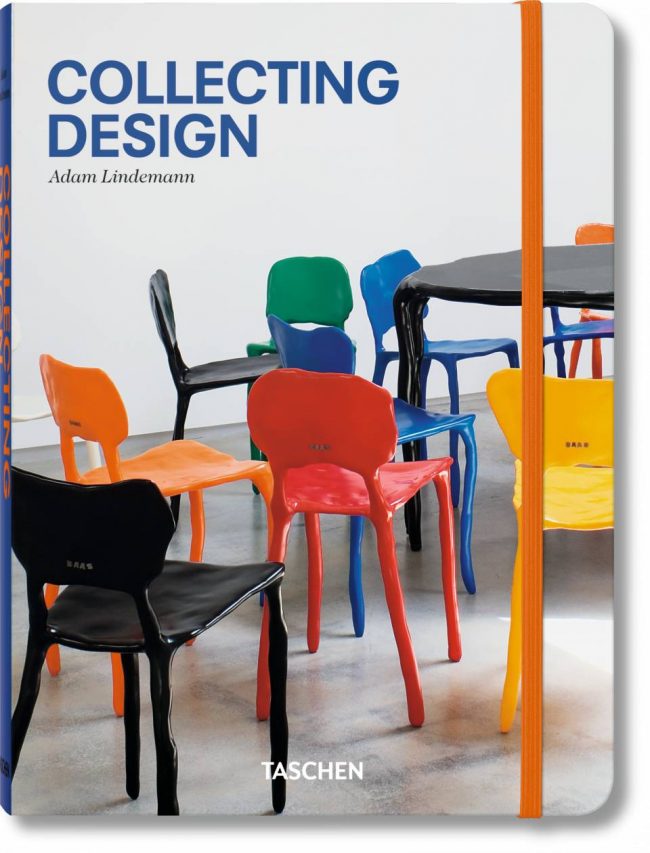Collecting Contemporary
1. Why did you decide to write Collecting Contemporary?
It’s based on a book I read when I was an arbitrage trader/analyst at Oppenheimer & Co. called Market Wizards, which interviewed the first generation of hedge-fund kings. I thought to bring this concept to the art world, but ended up taking it further by dividing the art market into 5 categories and digging deeper.
2. Why did you choose the interview format?
At the time, no one had done a book like it, and I didn’t feel I had the credibility to write down my own views, so I decided to speak through others.
3. How did writing the book influence your activity as an art collector?
In fact, I ended up learning tons, and using the process as a type of art therapy and analysis. Pick enough people’s brains and you end up the expert.
4. What do you think caused such strong interest in Collecting Contemporary?
I released the book in ’06, just before the peak of the market in late ‘07, so everything I had written and published ended up being a self-fulfilling prophecy… at least until the cracks of ‘08. But most of the book is still valid today.
5. What can the reader hope to gain from Collecting Contemporary?
I think it’s a must read for starters, intermediates, and anyone who wants to understand the psychology of the art market.

Collecting Design
1.Why did you decide to write Collecting Design?
I felt like I needed a follow up, and my daughter gave me the best idea for a volume 2.
2.How did writing the book influence your activity as a design collector?
I really was a design novice. I’ve expanded my knowledge, and now have a good understanding of most design of the 20th Century. Doing the book taught me the spectrum of design options.
3.What are some similarities and differences between the design and contemporary art markets?
They are so different, and anyone who wants to think of design as art is mistaken. The design market is closer to the vintage car market than anything else.
4.What can the reader hope to gain from Collecting Design?
It’s an eye opener to learn what’s been done, how much has changed in 100 years, what’s available today, and for how much. It’s a fascinating historical and sociological field to understand.
